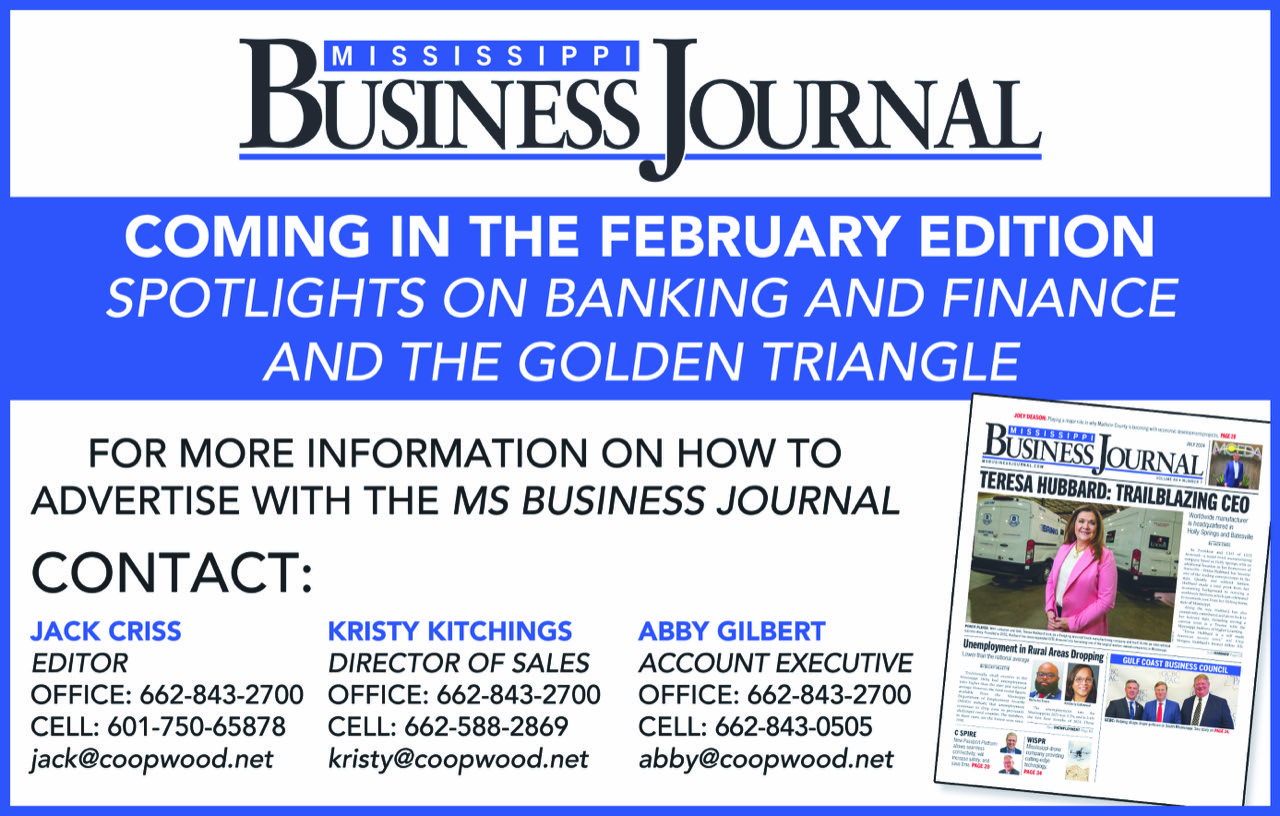Despite what Chairman Jerome Powell considers “no risk of a recession or downturn,” a “solid economy,” and a “strong job market” the Federal Reserve decided to cut rates by 50 basis points last month after many promises of such a cut coming for some time.
This represents the first cut the Federal Reserve has made since March, 2020. Could the cut create opportunities for businesses? Or, is it just more government sleight of hand?
The federal funds rate is the interest rate at which depository institutions, consisting mainly of banks, lend reserve balances to other depository institutions overnight on an uncollateralized basis. To make it more basic, it’s the rate banks charge each other for short-term loans to meet their reserve requirements.
This baseline rate has a fairly far reaching impact on banking and finance which, some claim in recent articles I’ve read, might signal new openings for businesses.
For sure, businesses “could” (being the operative word) benefit from reduced interest rates, making it easier to take out loans for expansion, new equipment, or refinancing existing debt that might be on the books, thus freeing up cash flow.
Lower interest rates “could” also possibly increase consumer confidence and spur them on to spend more. That would mean that retail, housing, and auto sales “could” possibly experience an upswing, since borrowing becomes more affordable for customers. Whether or not that’s a net positive is for you to decide, but I’ll address that later.
And, with lower returns on savings, businesses that would benefit “might” just find additional incentive to invest in growth, tech, or in the stock market, using their capital.
So why all of the scare quotes?
After ignoring the impact of monetary aggregates and the obvious warning signs of inflation, the Fed has breached its price stability mandate for three consecutive years, preferring to make liquidity injections—the fancy name for printing money—into the system to supposedly bolster the recovery of the currency’s purchasing power. This is according to certain free market theorists. And, to be totally frank, I tend to trust the Chicago or Austrian School over John Maynard Keynes.
If financial conditions are extremely loose right now (as the Chicago Fed National Financial Conditions Index indicates), and the economy and labor market are so strong (according to Powell and the Fed experts) with no signs of recession and with inflation remaining above target as they maintain—then why should they cut rates so fast? Did we miss something?
I’m wondering if the Fed decided to bail out the government in the middle of an ongoing election campaign. The Fed is supposed to be independent and non-partisan, so one has to wonder. Cutting rates at this stage to help an overly, and dangerously, indebted government has now become part of the current electoral campaign.
In a recent tweet I read, real estate mogul and entrepreneur, Grant Cardone, wisely questioned why the Fed isn’t cutting interest rates even more aggressively. After their recent decision to lower rates by 50 basis points, Cardone suggested that maybe they should have made a more substantial cut.
Cardone also pointed out in his tweet that if Jerome Powell plans to cut another 100 basis points by the end of the year, why not just go ahead and do so now? He hinted the Fed might not want to do this because they don’t want to tip their hats as to how fragile the economy is.
And, again… we have an election right around the corner.
Powell maintains that all is being done cautiously, adjusting rates as needed while helping the patient—our economy—regain strength.
I had to take note of the two presidential candidates’ personal takes on the recent Fed rate cut. Kamala Harris called the reduction “welcome news” for Americans, also saying, “I know prices are still too high for many middle-class and working families.”
Donald Trump, though, wasn’t thrilled. “To cut it by that much, assuming they’re not just playing politics, the economy would be very bad,” he said, echoing what many free market economists are also thinking.
I wonder, in my limited knowledge of this kind of higher level economics, if we have witnessed a political game being played with our money—with an upcoming election and a nation’s economy at stake.
From what I understand and have gathered, lowering rates at this point in the game will more than likely have a limited impact on the economy because a 15-year effective mortgage rate remains at 5.6%, and financial conditions will not ease in a noticeable or significant way.
Also, it is difficult for me to think that families and businesses will start demanding more credit with record levels of credit card debt, going back to my earlier point. But, then again, they might. People love their credit, don’t they? Only governments love it more.
If this lowering of rates is yet another means or attempt to rescue the government, it’s bad enough. But, it will also have the effect of making the Treasury go ahead and add more debt in the next few months. When it becomes easy for governments to borrow it doesn’t turn down the opportunity, and it always continues printing currency, leading to its slow decline.
The Fed rate-cut cycle will likely continue from what I’ve gathered. However, this same cycle will also continue to erode confidence in our currency and international demand for government bonds, perpetuating the ongoing U.S. dollar’s loss of purchasing power.
Possible worst case scenario? I’ve read that if the Fed becomes a government agency that places sovereign debt issuance above price stability, we could see a stagnation similar to Japan and the end of the US dollar as the world’s safest asset in global central banks’ balance sheets.
That’s not a good outcome.
In closing, we continue to receive much feedback on the MBJ since we took ownership of this long-standing statewide business publication in July. We are now focusing on building our paid subscriptions so if you have not subscribed, please do so before you are removed from our mailing list. It’s easy to subscribe: just visit our website at msbusinessjournal.com or call our office at 601-364-1000. Before purchasing the MBJ, one year full-service subscriptions were $99.00. Under our ownership, we reduced those to $56.00 a year.
We hope you enjoy the October edition of the Mississippi Business Journal. As always we appreciate your feedback.



